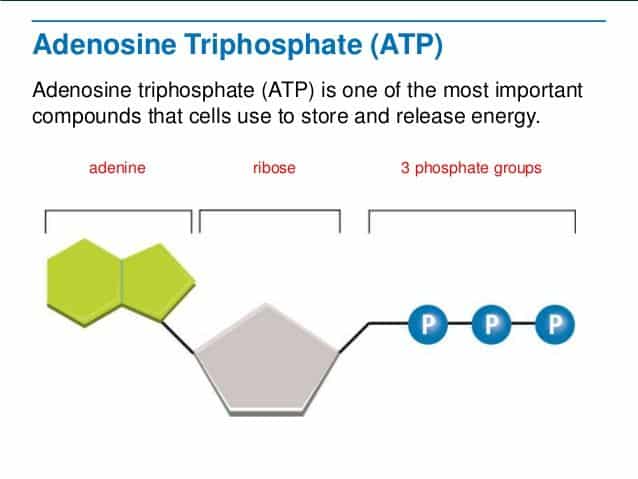
We’ve started our last few blog posts by talking about rest. Why do we rest? Simply put – we rest because we’re tired and crave more energy. In our bodies, energy has a name – adenosine triphosphate (ATP)! We’re going to spend this blog post briefly discussing where the ATP comes from for the specific exercises that we do while at the gym.
If you recall from last week, actin and myosin are the smallest parts of our muscle, but arguably the most important. In order to contract our muscle (think hamstrings in UA’s hip hinge movements), these fibers slide past one another, but they cannot do so without ATP, or energy. They also cannot relax, or return to normal, without ATP.
ATP is incredibly necessary!
Here is a brief overview of the three systems in our bodies that provide us with ATP. As we discuss them, keep in mind that all three systems are at work at the start of any exercise, it’s just a matter of how long each system stays working, or “drops-off,” if you will.
ATP-PC (Phosphocreatine) System
This system is the most short-lived. It supplies ATP for only about 10 seconds, so it is frequently seen in explosive movements, such as a sprint or 1RM of a squat, bench, or deadlift. ATP is formed by the energy collected from breaking down phosphocreatine.
Glycolytic System
This system is our main source of energy from that 10 second mark to a few minutes. Exercises that rely on the glycolytic system are still high-intensity but last longer than a sprint or 1RM. Glycolysis means the breakdown of glycogen – our storage form of glucose in our liver. Each time this system runs, we have a net gain of 2 ATP.
Oxidative System
We use this energy system for sustained, low-intensity exercise that lasts longer than a few minutes. This is the energy system at play when we think of endurance – such as long sessions on the rower or bike. This system generates the most ATP – 36, but at a much slower rate than the other two systems. Unlike the glycolytic system that can only use carbohydrates, the oxidative system can also use fats at the start of the reaction.
In conclusion, ATP goes hand in hand with our nutrition. It is also the fuel that our bodies operate on, and it is the same energy that allows us to complete a workout or grab a cup of coffee.
~Jennifer B.
